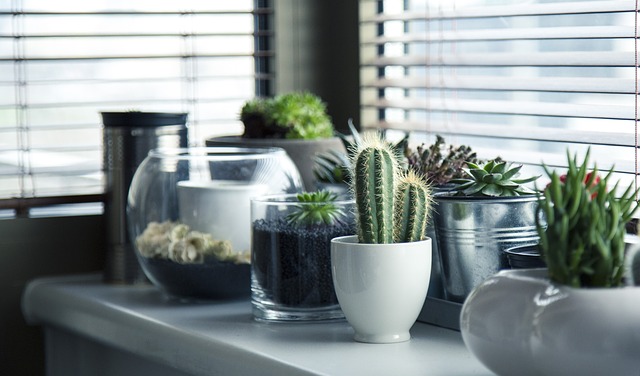Cactuses are plants that belong to the family Cactaceae, persist in areas of the world with the most severe climatic conditions. Barbed perennials perfectly oppose drought thanks to juicy and fleshy tissue. Most are geographically spread on the American continent, Mexico, to Chile .Today, there are about 120 genera of cactus with several hundred species.
According to the shape of the body cactuses are divided into:
- columnar
- cylindrical
- globular
- disc
- tree
- candlestick
- bushy
- hanging
- creepers
What is the most striking and most precious with the thorns are the various sizes and colors (the growth of the areola). Beautiful “needles”, which gardeners like because of decorative properties, in fact protect the plant from predators, but also atmospheric moisture condenses into droplets, which then fall on the root.
For proper cultivation of prickly plants the most important thing is the soil.
Cactus is not responsive to rich soil. It is often recommended the mixture:
- 1 part sand, 1 part clay, a little powder of charcoal and required drainage on the bottom of containers of small stones or gravel
- 1 part peat, 1 part sand, 1 part perlite and required drainage on the bottom of the container.
Most often for planting are used clay pots, because in them the soil dries out a bit faster, while the plastic pots retains moisture longer.

Cactuses are reproduced by seeds, cuttings, or shoots from the graft.
Seed propagation: before planting the cactus seeds should be washed, disinfected and dried. Sterilization of the soil is also very important before planting. It can be disinfected with the fungicides or at a high temperature around 150 degrees, no more than one hour, so as not to destroy the nutrients. The seeds, when planting is enough to just impress on the surface (Opuntia seed is planted at a depth of 0.5cm, as it is larger). The temperature in the hot bed is preferred to be about 25 degrees. Sort them after 3 months, when young cacti take the form of a marble.
Propagation by cuttings: the perfect weather for this is during the spring and the summer. Take a sharp object and separate the young cactus from its mother plant, (it is desirable to cut the cactus sprinkled with charcoal, to prevent it from rotting). After a few days, when the wounds on the plants dry well, plant them in moist mixture made for faster rooting.
Grafting is a very well-known and interesting to cactuses. Often, it is done by taking the younger plants (age 1-2 years). The most common cactuses that are used for grafting are: Trichocereus,Opuntia,Cereus,Pereskia,Hylocereus,Pereskiopsis…
Cactuses can be fertilized in the beginning of the spring and during the blooming season (once a month). During the second half of autumn they should be transferred away from low temperatures and increased humidity. Rooms where the cactuses will stay during the winter should be well lit, otherwise it will occur “lengthening” of the body. During the winter the plants are at rest, so water them occasionally so as not to dry out the young veins root system.

